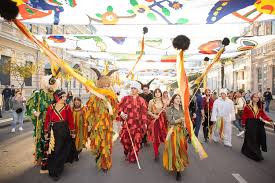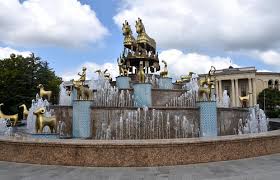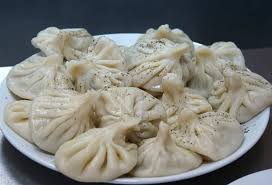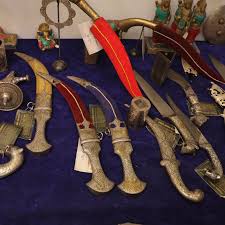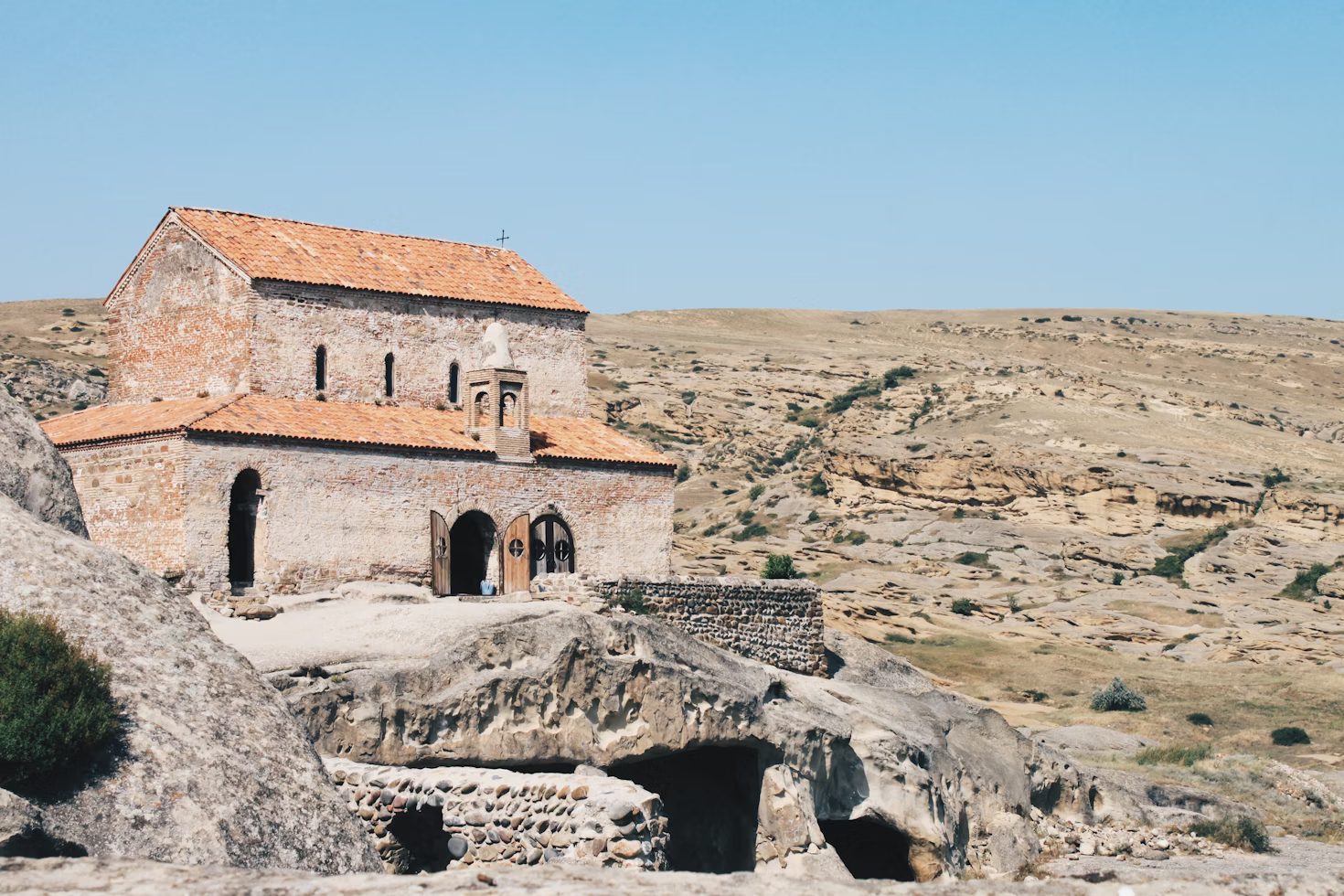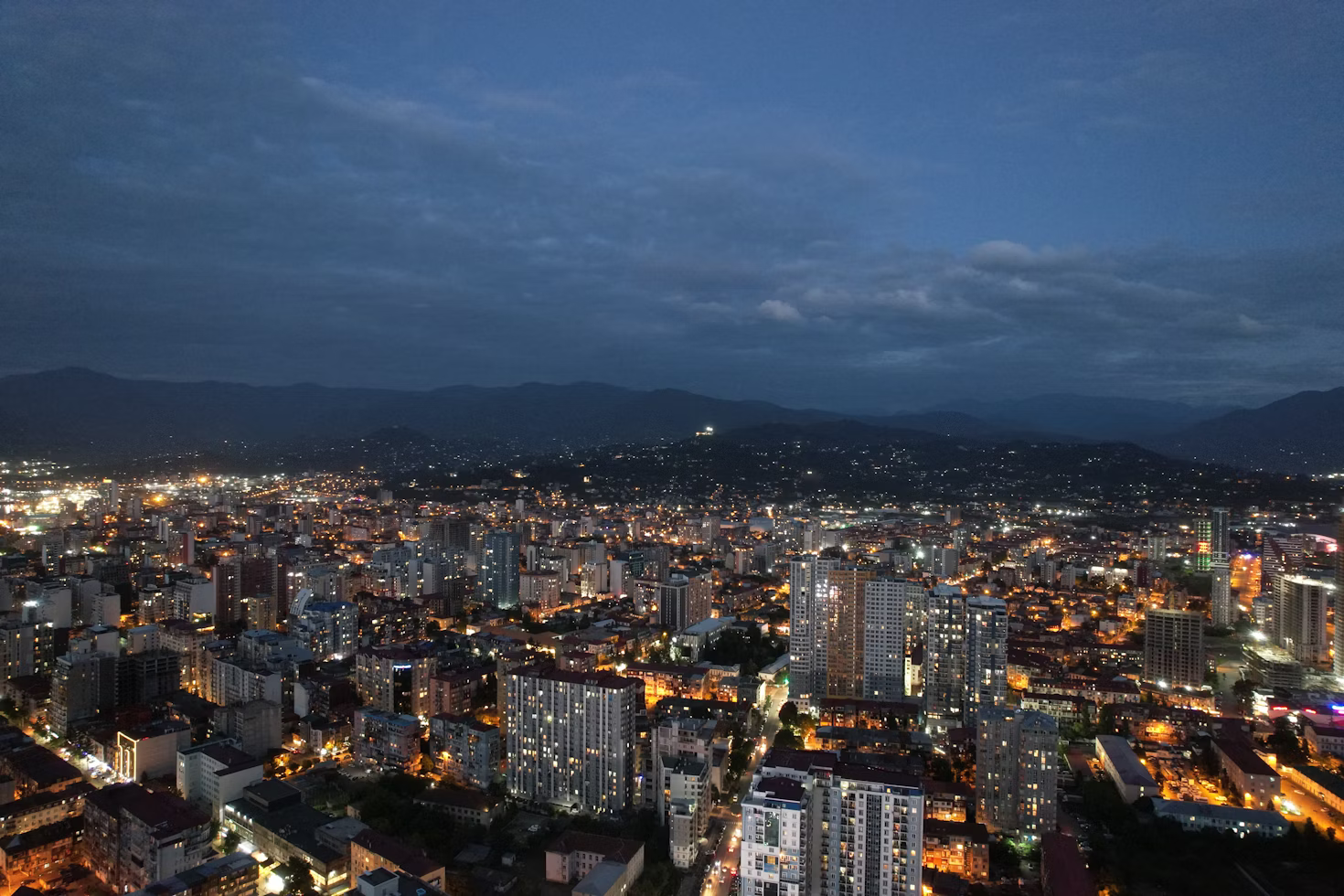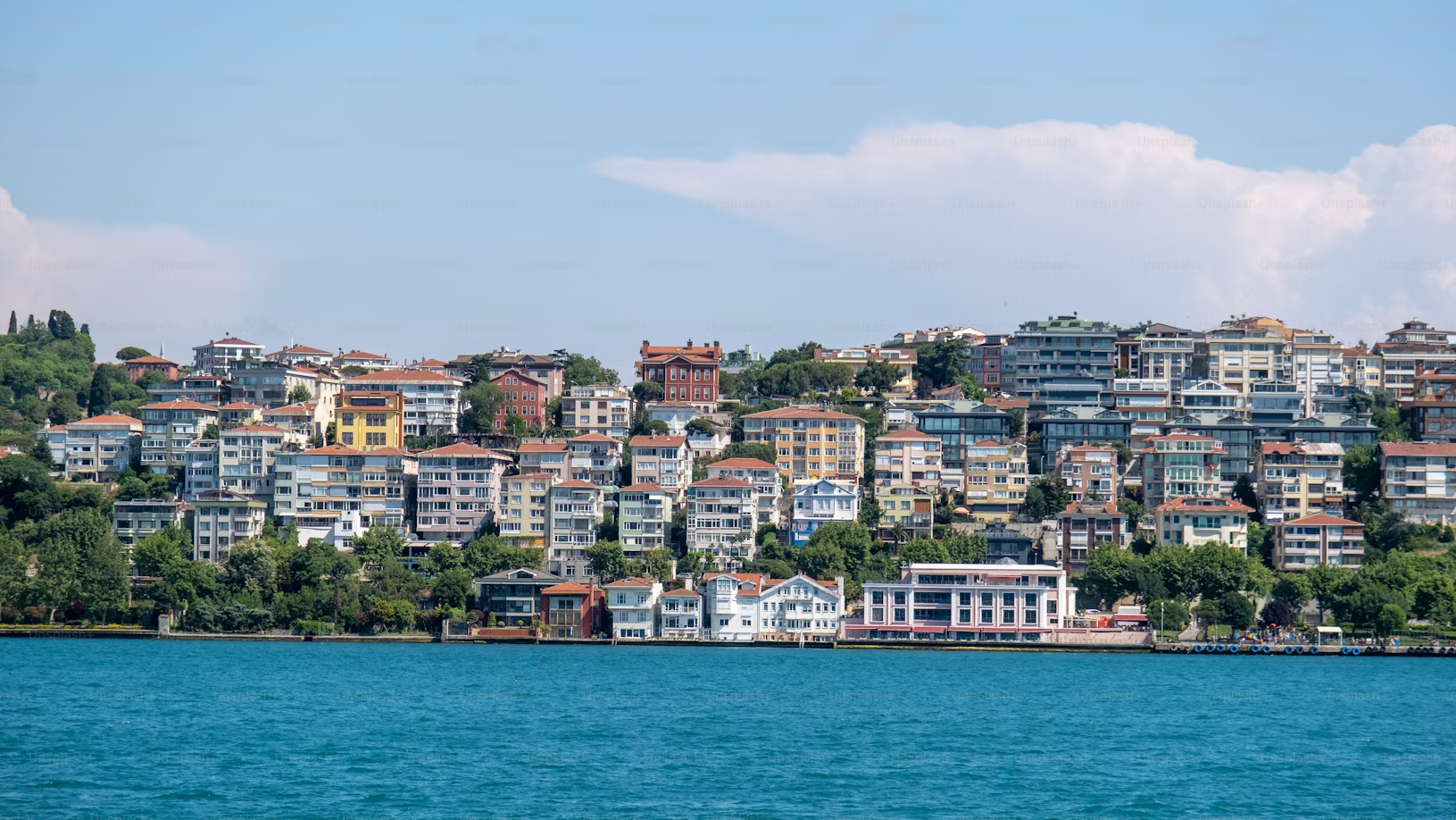Georgia: Explore the Heart of the Caucasus
Georgia: Land of Legends
Georgia, located at the crossroads of Europe and Asia, is renowned for its diverse landscapes, including the stunning Caucasus Mountains and picturesque Black Sea coast. Highlights include the historic city of Tbilisi, ancient churches and fortresses, the scenic wine region of Kakheti, and the charming seaside town of Batumi. Georgia offers a rich blend of history, culture, and natural beauty.
Top
Destinations
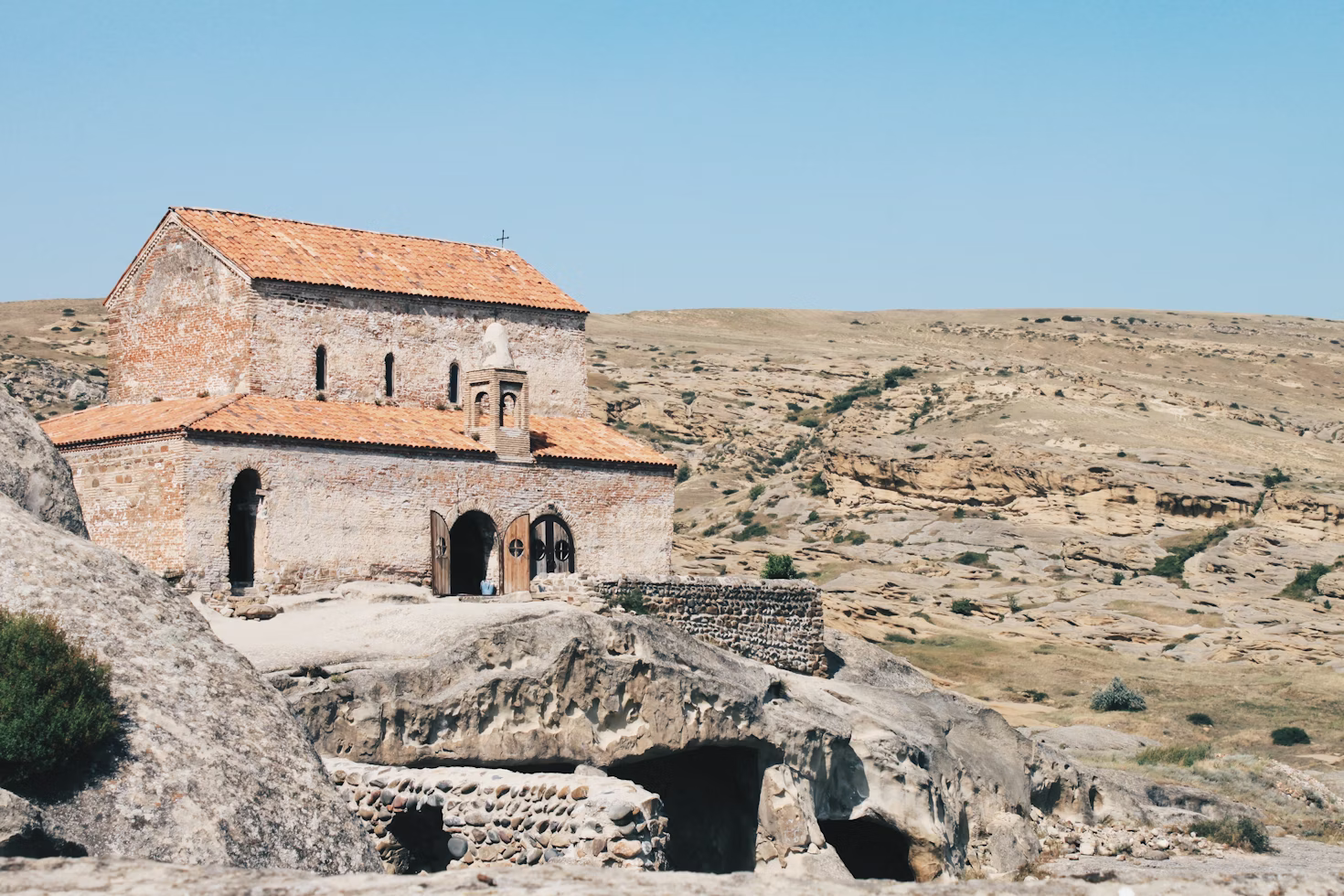
Uplistsikhe
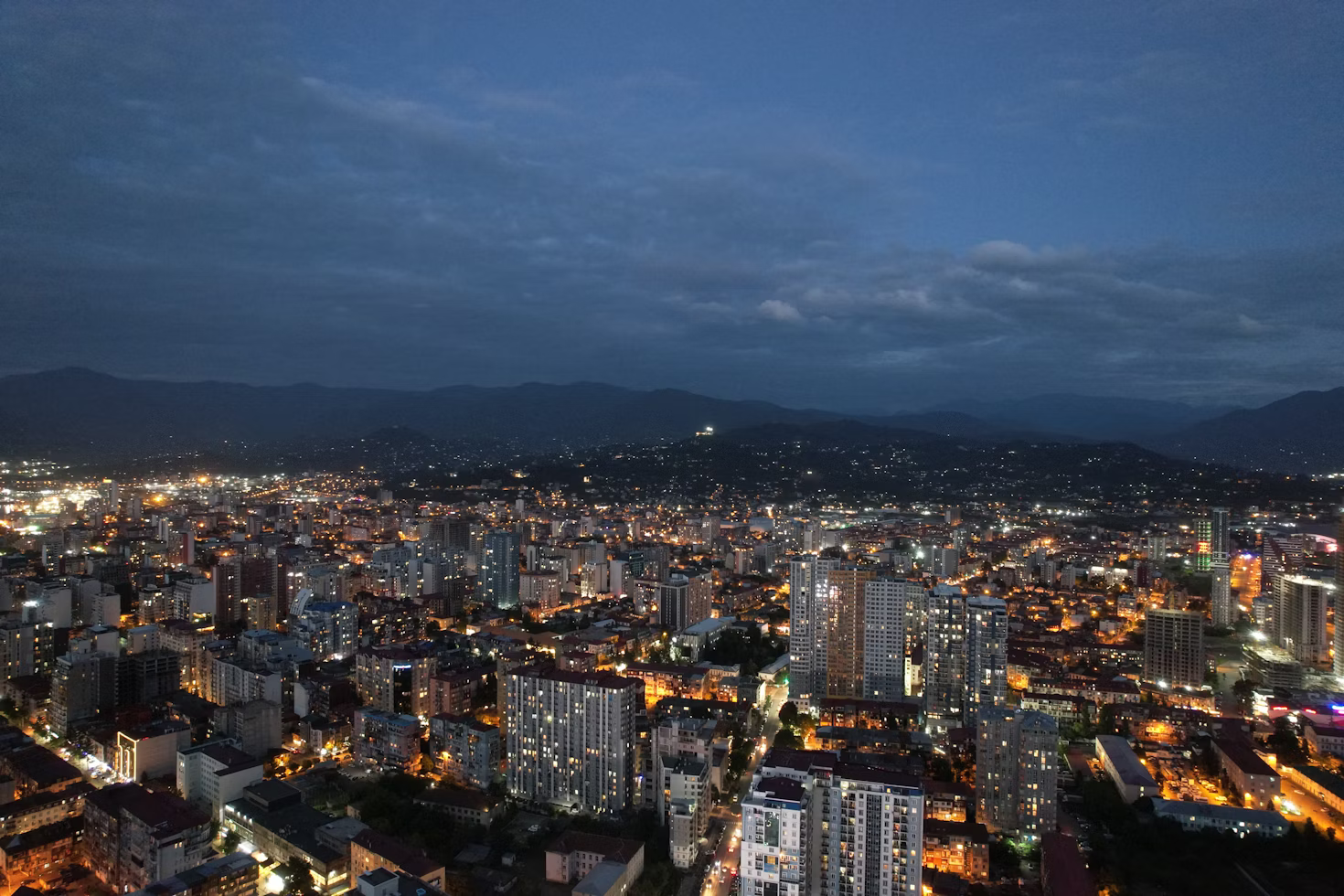
Batumi
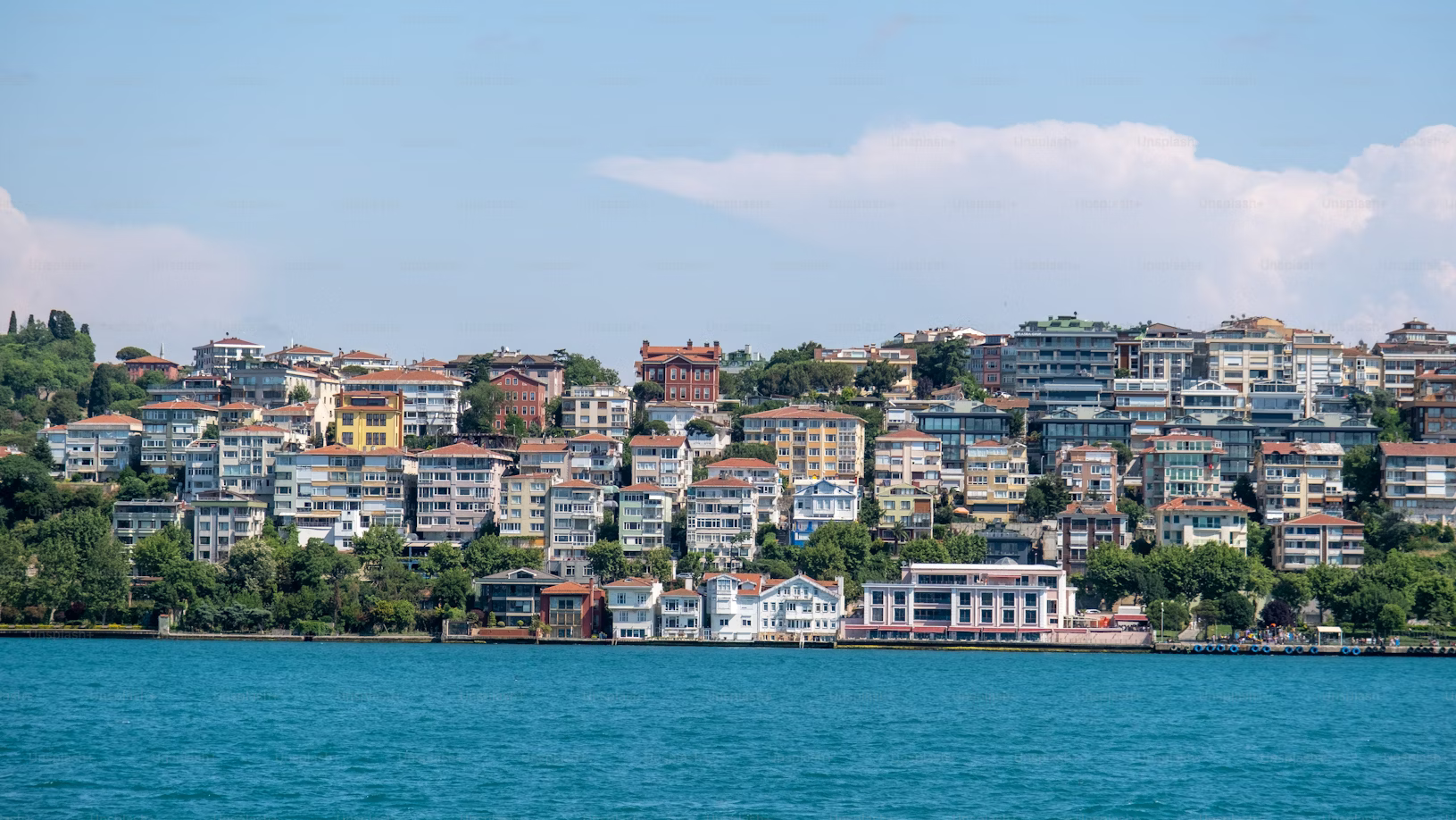
.png)
.png)
.png)
.png)

